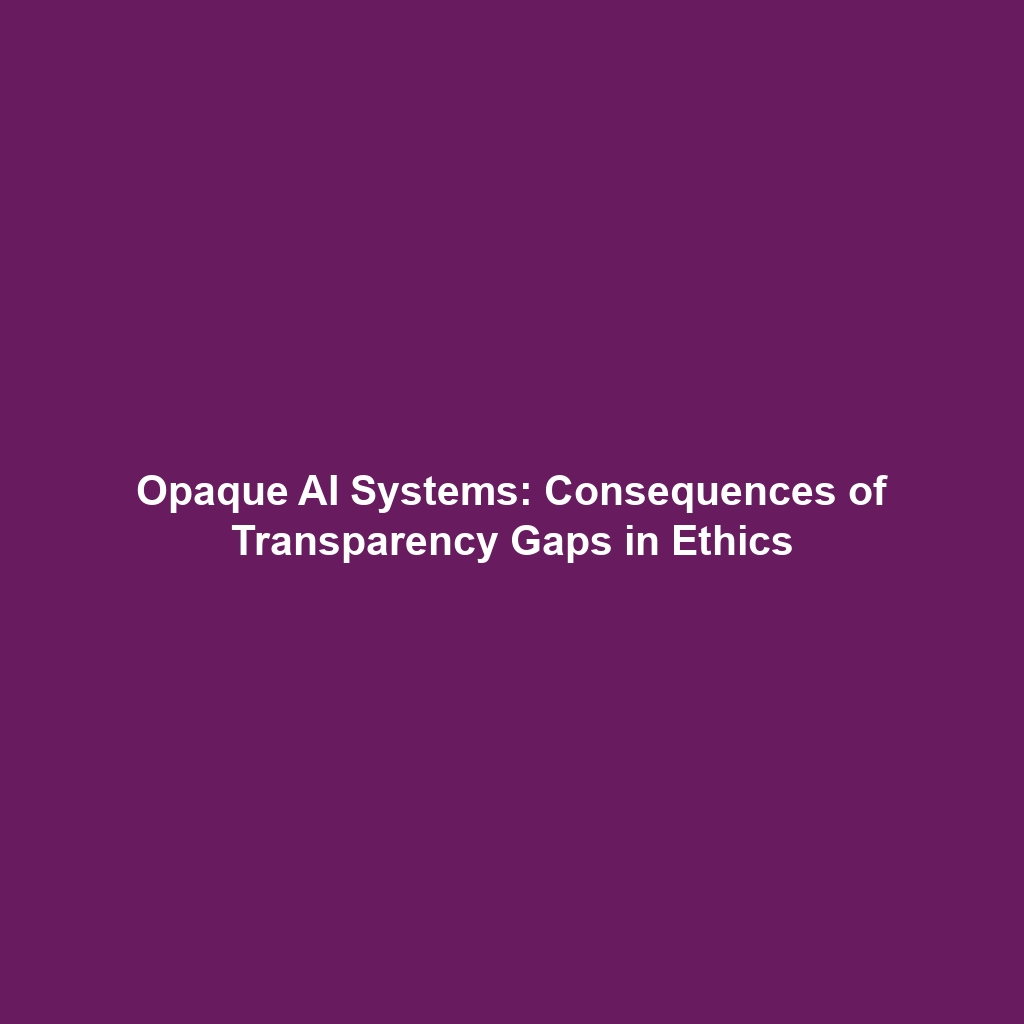Future Trends in Reducing Costs Through Modular Robotics and Open-Source Systems
Introduction
The emergence of modular robotics and open-source systems marks a significant evolution in the landscape of autonomous robots. With the increasing demand for cost-effective robotic solutions, businesses and researchers are focusing on integration strategies that optimize resources. This article will delve into future trends that aim to reduce costs through the collaborative nature of modular systems and open-source technologies, thus improving accessibility and innovation in robotics. Understanding these trends is crucial for the advancement of the autonomous robotics field, delivering efficient solutions vigorously adapted to the market’s needs.
Key Concepts of Modular Robotics and Open-Source Systems
Modular robotics involves systems composed of self-contained modules that can be easily reconfigured to perform various tasks. Coupled with open-source systems, which allow for shared knowledge and collaborative development, this approach paves the way for substantial cost reductions and innovation. Below are significant concepts related to this trend:
- Modularity: Robots can be quickly adapted to new functions without the need for extensive redesign.
- Collaboration: Open-source communities drive faster development cycles, reducing both time to market and financial investment.
- Flexibility: Modular systems allow for customization based on specific needs, making them more versatile and cost-effective.
Applications and Real-World Uses
The real-world applications of these trends in autonomous robots are diverse and impactful. Here are some notable examples of how modular robotics and open-source systems are being utilized:
- Manufacturing: Modular robotic systems can be repurposed for various assembly line tasks, thereby reducing overhead costs.
- Healthcare: Open-source robotic platforms enable rapid development of healthcare solutions, such as robotic surgery assistants.
- Research: Universities employ modular robots in educational settings to teach students about robotics and programming.
Current Challenges
Despite the promising future, there are several challenges in the study and application of modular robotics and open-source systems. Key issues include:
- Standardization: Varying standards among modular systems can complicate interoperability.
- Intellectual Property: The open-source nature can raise concerns regarding ownership and derivative works.
- Quality Control: Ensuring consistent performance across diverse modular systems can be difficult.
Future Research and Innovations
The focus on reducing costs through modular robotics and open-source systems is backed by advancing research and next-gen technologies. Potential innovations include:
- Advanced AI Integration: Enhancements in artificial intelligence could enable more efficient and sophisticated modular robots.
- Sustainable Manufacturing: Research into environmentally friendly materials and methods for modular robotics is growing.
- Decentralized Development Platforms: New frameworks are allowing wider participation in robotic development, fostering innovation.
Conclusion
In summary, the future trends in reducing costs through modular robotics and open-source systems represent a pivotal shift in the realm of autonomous robots. By embracing modularity and collaboration, the robotics industry stands to benefit from reduced costs and increased innovation. Stakeholders in robotics should consider these trends as vital components of their strategic planning. For further insights, explore our other articles on key robotics trends or open-source technologies.






